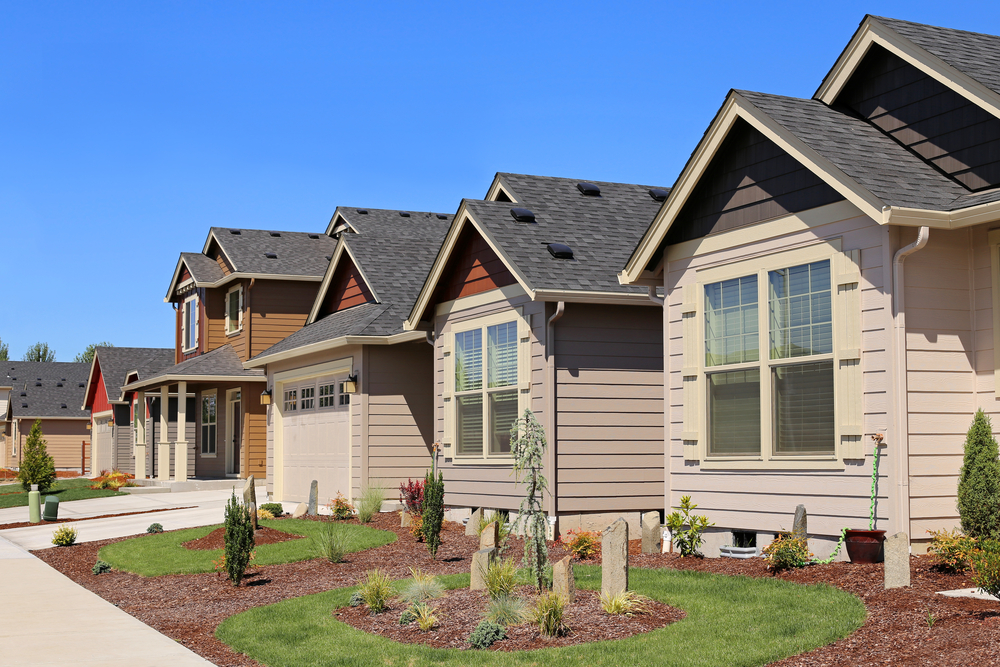Modular housing is transforming the residential construction sector with cutting-edge techniques for building and design. These homes, commonly known as modular or prefab homes, are crafted in sections at an off-site location before being transported and pieced together with ease. Recognized for their ability to slash expenses, cut down on build time, and enhance eco-friendliness, this article delves into how modular homes are reshaping contemporary living.

Growth in Modular Home Popularity
An uptick in the popularity of modular homes is evident, spurred on by technological advancements and the collective aspiration for more eco-conscious living environments. The factory setting enables tighter construction, diminished waste, and improved quality oversight—advantages typically not seen with traditional on-site construction. These structures vary from uncomplicated modular units to sophisticated alternatives that can compete with the detail of bespoke housing.
Advantages of Modular Building
- Building Speed: A major advantage of modular homes lies in the rapidity of construction. Weather conditions pose no issue to indoor manufacturing, hence drastically shortening build time. The assembly on the planned site can also be remarkably swift, oftentimes within several days.
- Cost Benefits: Modular construction traditionally saves on costs when compared to conventional building methods. Mass production in a factory setting can lower labor and material expenses, offering a more affordable solution for homebuyers.
- Consistent Quality: Prefab structures benefit from rigorous quality control protocols that may be challenging to implement at a typical build site, frequently resulting in a product that surpasses conventional build quality.
- Eco-Consciousness: Pioneering in waste reduction and energy efficiency, modular housing often incorporates sustainable materials and is planned to leave a smaller ecological footprint.
- Customization: Casting away the myth that modular homes lack individuality, the market offers an extensive selection of tailor-made designs. Whether it’s a cozy, minimalist retreat or a sprawling, multilevel residence, the customization options are broad.
Key Considerations for Modular Homes
Despite the myriad of perks that modular homes provide, there are important factors to consider:
- Site and Foundation Necessities: Modular units necessitate a parcel of land and a sturdy foundation, which might elevate the overall price and intricacies of the undertaking.
- Local Rules and Permissions: Regional zoning ordinances, building standards, and necessary permits can influence the prefab home’s project timeline and expenses.
- Market Value: The resale values for modular homes can differ. There is a budding interest in these homes, yet they might not see the same value appreciation as typically built homes in certain locales.
- Logistics of Delivery and Assembly: Transporting prefab parts to the site and the skilled assembly process must be expertly coordinated to guarantee project success.
Housing on the Horizon
As the modular home sector continues to evolve, it is integrating smart technology and green solutions into its designs. In a society increasingly focused on sustainability and operational effectiveness, modular homes are poised for heightened allure.
To wrap up, modular housing presents a compelling alternative to conventional home construction, emphasizing expedience, environmental stewardship, and contemporary design. With growing awareness of the practical and ecological virtues these homes possess, modular living has the potential to redefine the home construction landscape and change the ways we conceptualize and create our living spaces.







